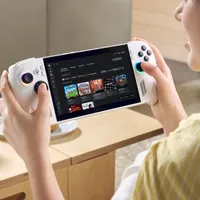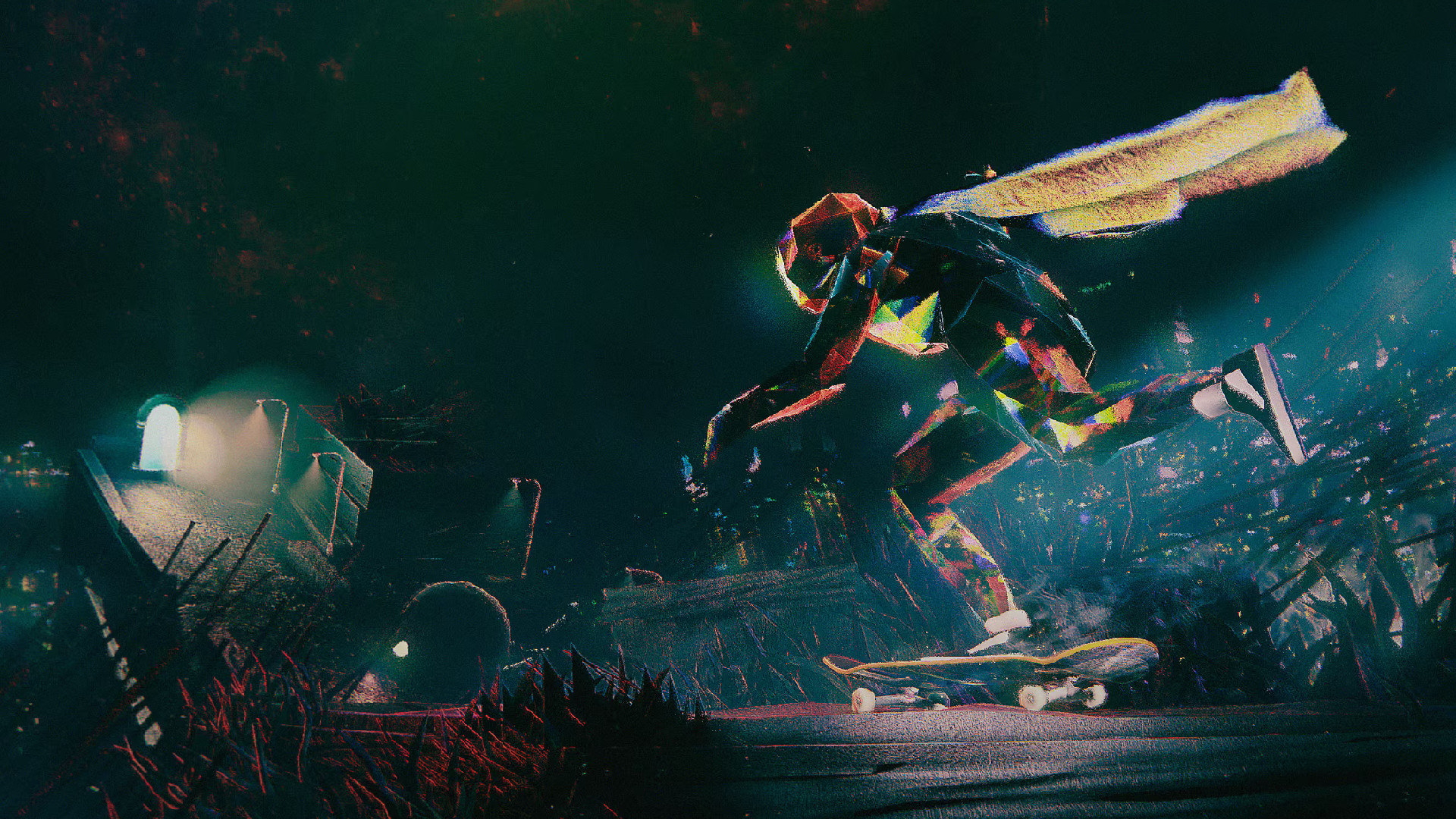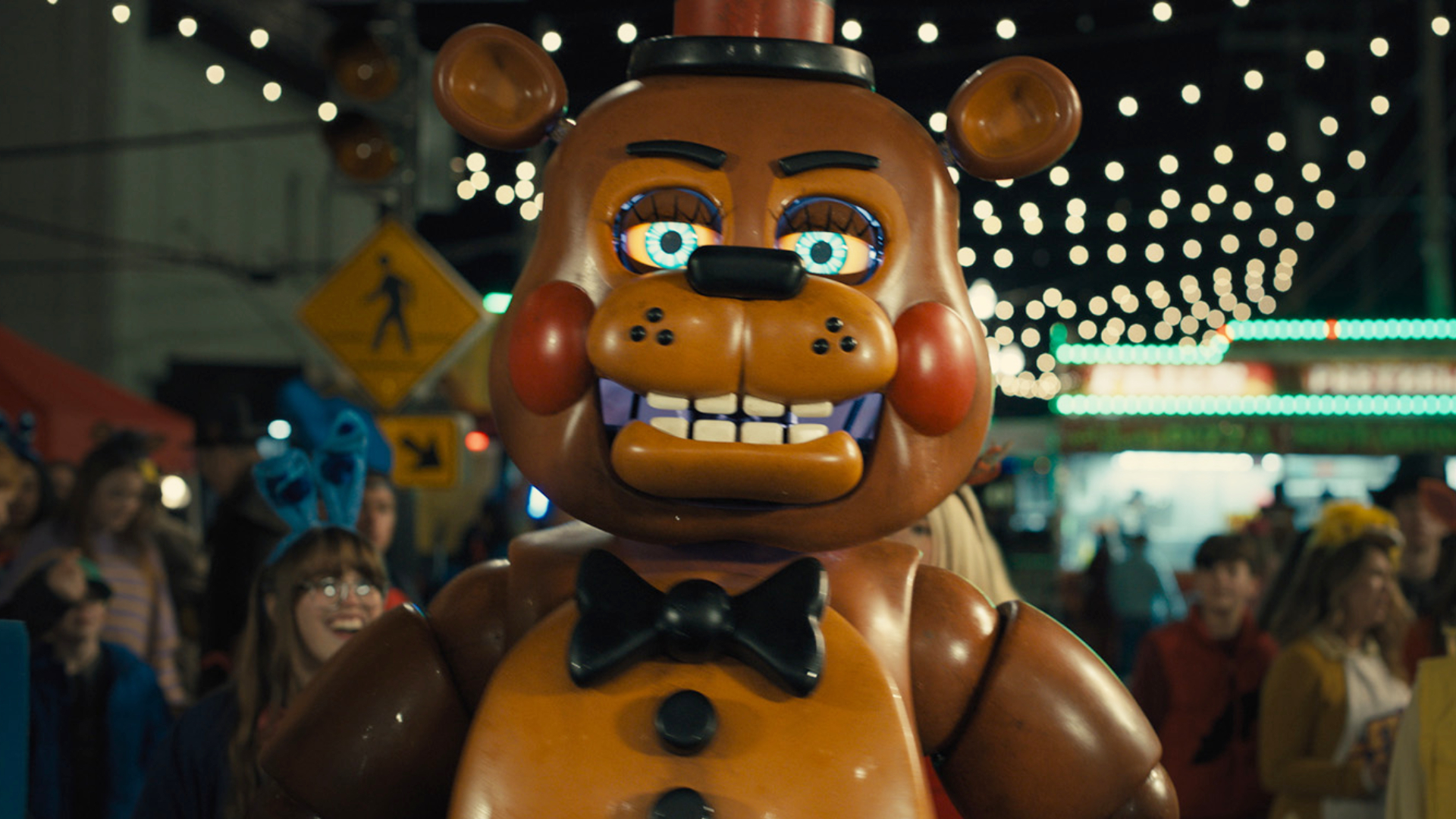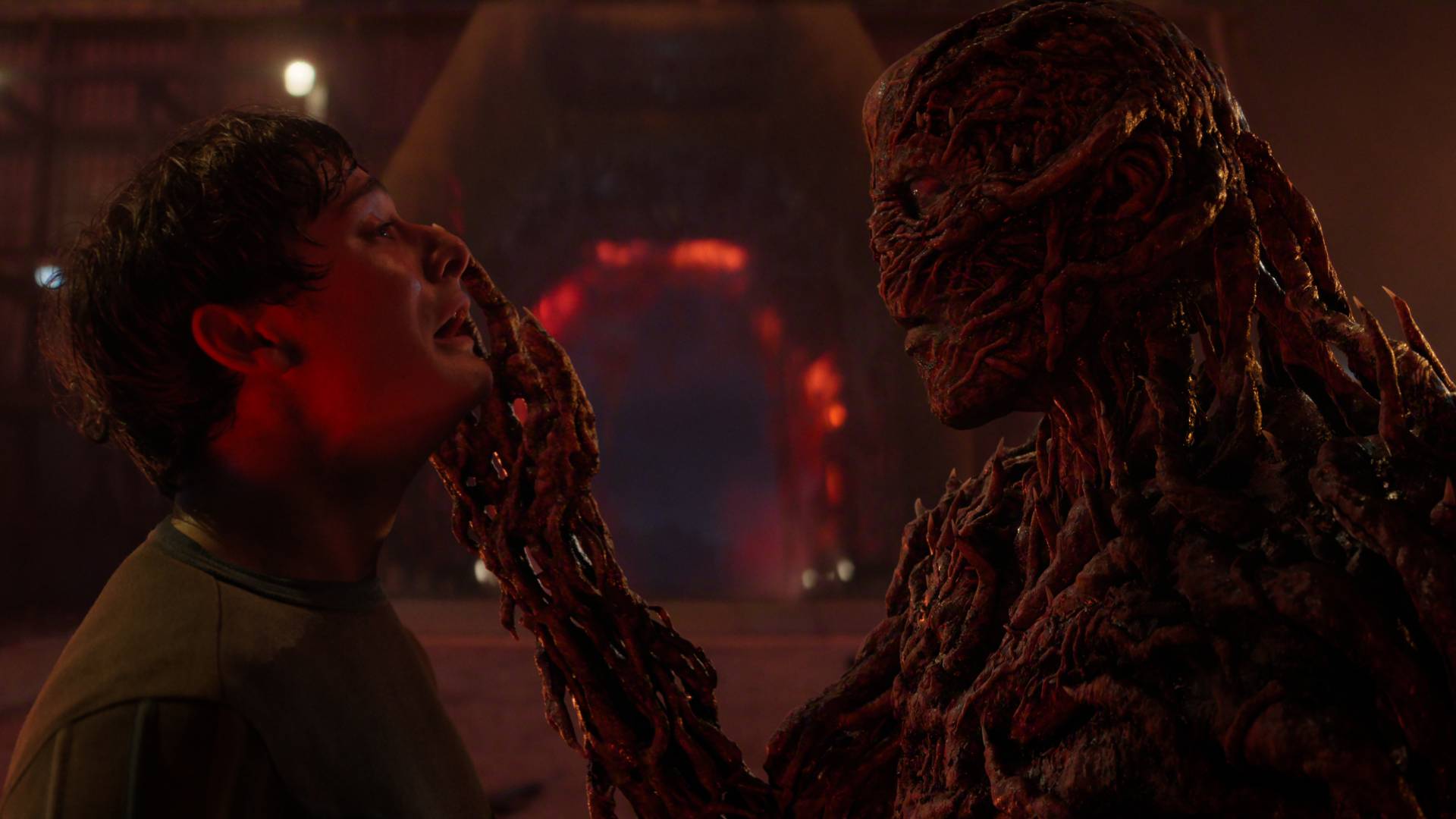The Outer Worlds 2 is a love letter to Obsidian's favorite genre, and nobody knows it better than its devs: "The fact that we're able to deliver this style of RPG in this day and age is a fantastic thing"
On the Radar | Game director Brandon Adler and creative director Leonard Boyarsky join us to discuss the choices that helped shape The Outer Worlds 2
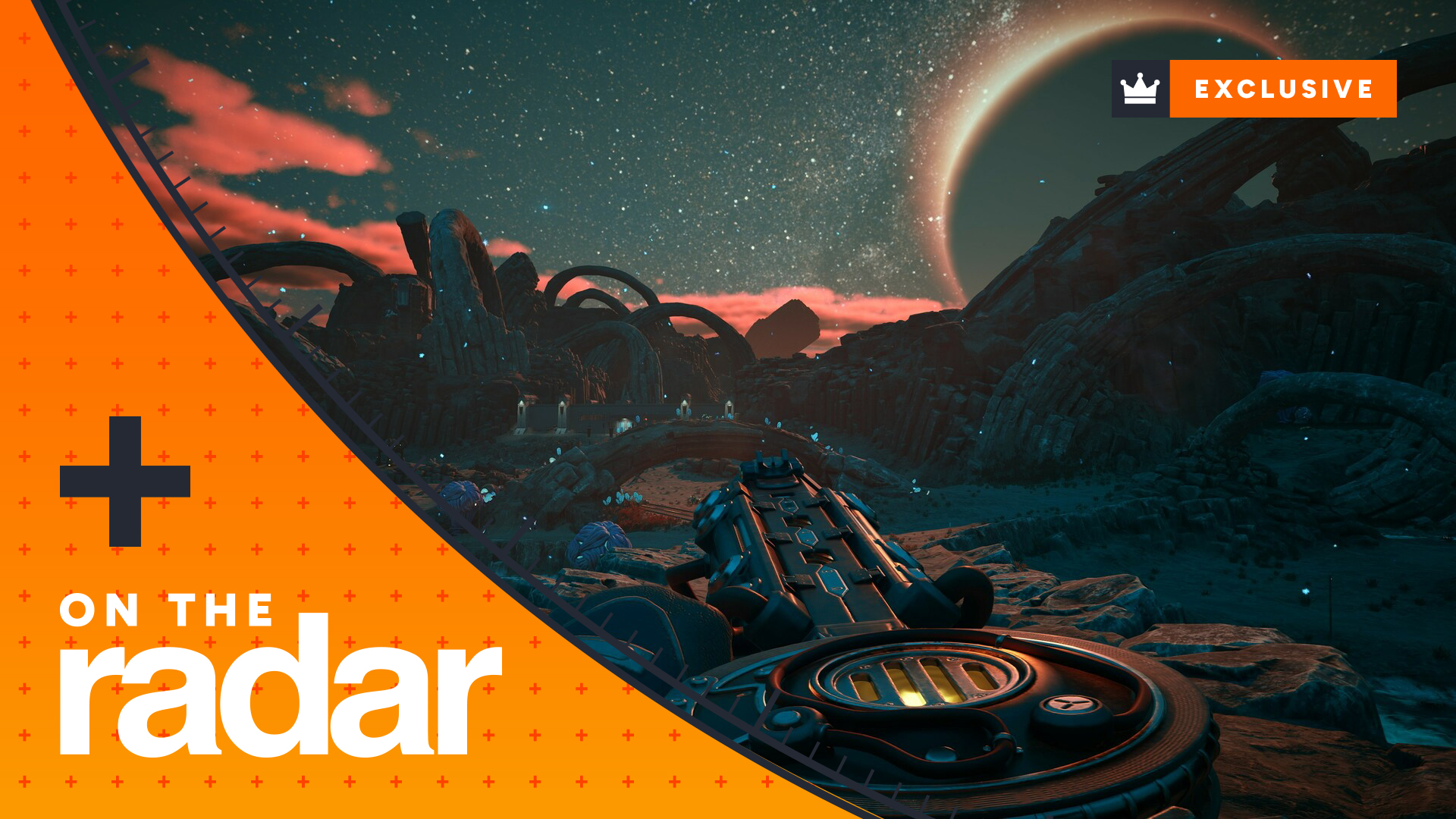
The Outer Worlds 2 is undoubtedly one of the best RPGs of 2025. Obsidian Entertainment has delivered a luxurious, lovingly-crafted adventure that is constantly reacting to the choices that you make and the way that you handle the consequences of your actions. If you need any video game on your radar this month, it's certainly The Outer Worlds 2.
The Outer Worlds 2: Premium Edition owners on PC, PS5, and Xbox Series X are able to access the video game from today, with access opening to everybody (including Game Pass Ultimate subscribers) on October 29. GamesRadar+ is diving deep into the RPG over the next two weeks, as we explore how Obsidian brought this expansive sequel to life.
While speaking with The Outer Worlds 2 game director Brandon Adler, he acknowledges that "early on in the game, we ask you to make some big decisions about what kind of character you want to be" – the sort of decisions which can impact your experience from minute one through to hour 30.
It's funny, because Adler and creative director Leonard Boyarsky also had to make some big decisions that shaped the character of The Outer Worlds 2 very early on in its development – the sort of decisions that drastically changed the scope, depth, and reactivity at the heart of this sequel.
In this interview, Adler and Boyarsky reflect on some of those decisions and explore how they impacted everything from role-playing, exploration, and even the future of Obsidian's games.
Freedom to move is important, whether you're exploring a barely habitable planet or luxuriating in your spaceship. The ROG Xbox Ally gives you handheld freedom and access to an aggregated gaming library from Xbox and other PC game storefronts. This handheld PC will go with you into a black hole and back*.
*Claim unsubstantiated
Exclusive The Outer Worlds 2 Interview
GR+: Obsidian is known for a lot of things, and dense open-world RPGs is certainly one of them. Did you ever consider setting The Outer Worlds 2 in one contiguous space, or did you always intend for it to be a planet-hopping adventure?
Brandon Adler: When we started working on The Outer Worlds 2, one of the things that I had talked about was whether we should do one big open world. We went back and forth on this for a few weeks. Eventually, I remember Leonard pulling me aside and saying, 'Hey, I have something to say about this.' He said that The Outer Worlds is all about hopping on your ship and travelling to different planets, so if you don't have that you don't have The Outer Worlds. There's nothing I could say back; he's right about that.
Do you remember the genesis of that decision, Leonard?
Leonard Boyarsky: I think it was Chris Jones [Obsidian's CTO] who originally came up with the elevator pitch for The Outer Worlds – 'What if we made Fallout meets Firefly?' And me and Tim Cain [designer] were like, yeah, that seems like something we'd be interested in. So I came over and we started working on it. You know, the Unreal Engine is very good at some things, but UE4 was not good at big, wide-open spaces.
So we kind of, and this was even before we started looking at the tech, knew we wanted to make a game that's very much about flying from place-to-place. I'm a huge sci-fi fan and, while this isn't necessarily within either game, when we first started with The Outer Worlds I really wanted every one of them to take place in a different colony. So it's almost like it's built in from minute-one of what this series should be.
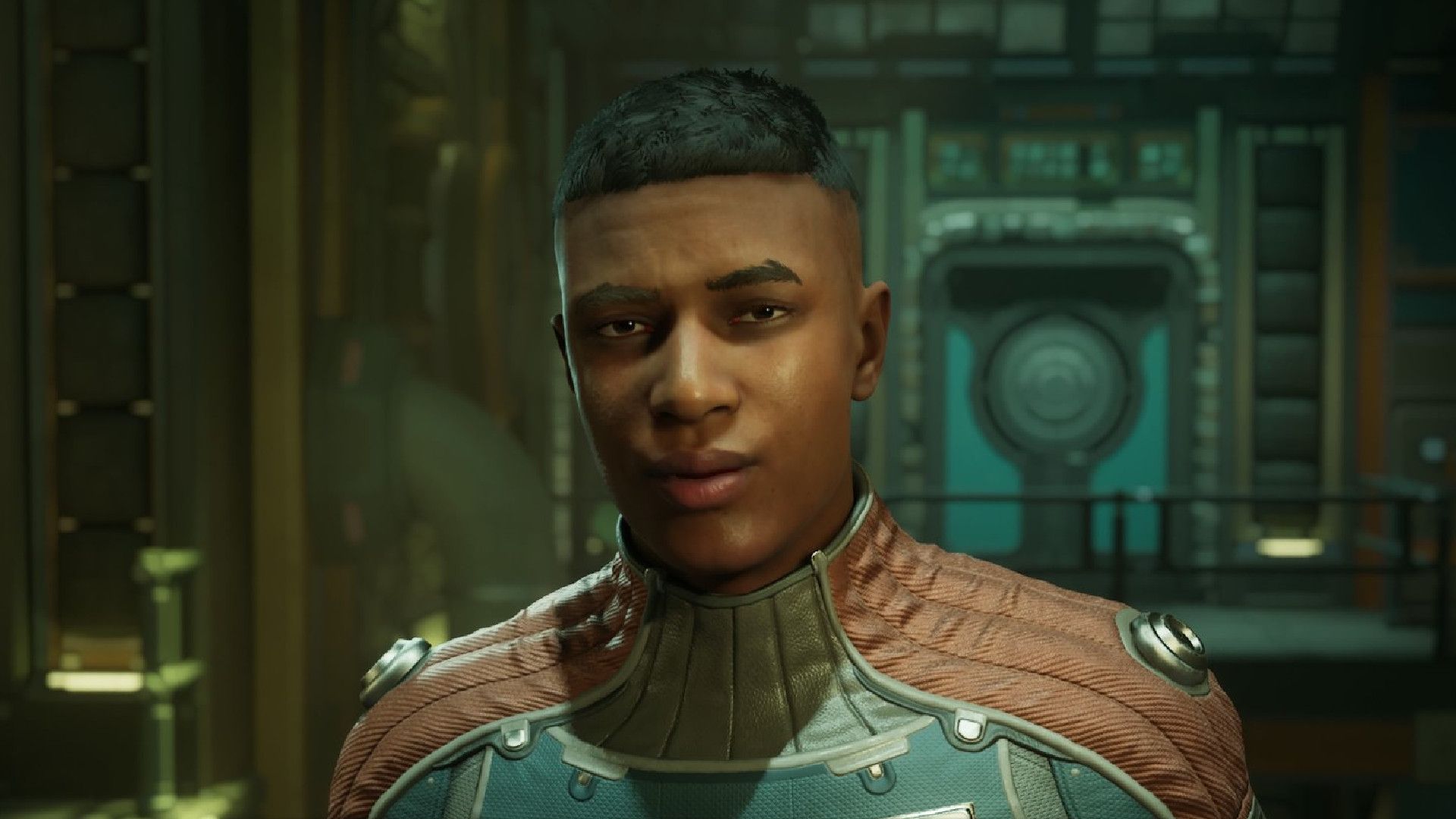
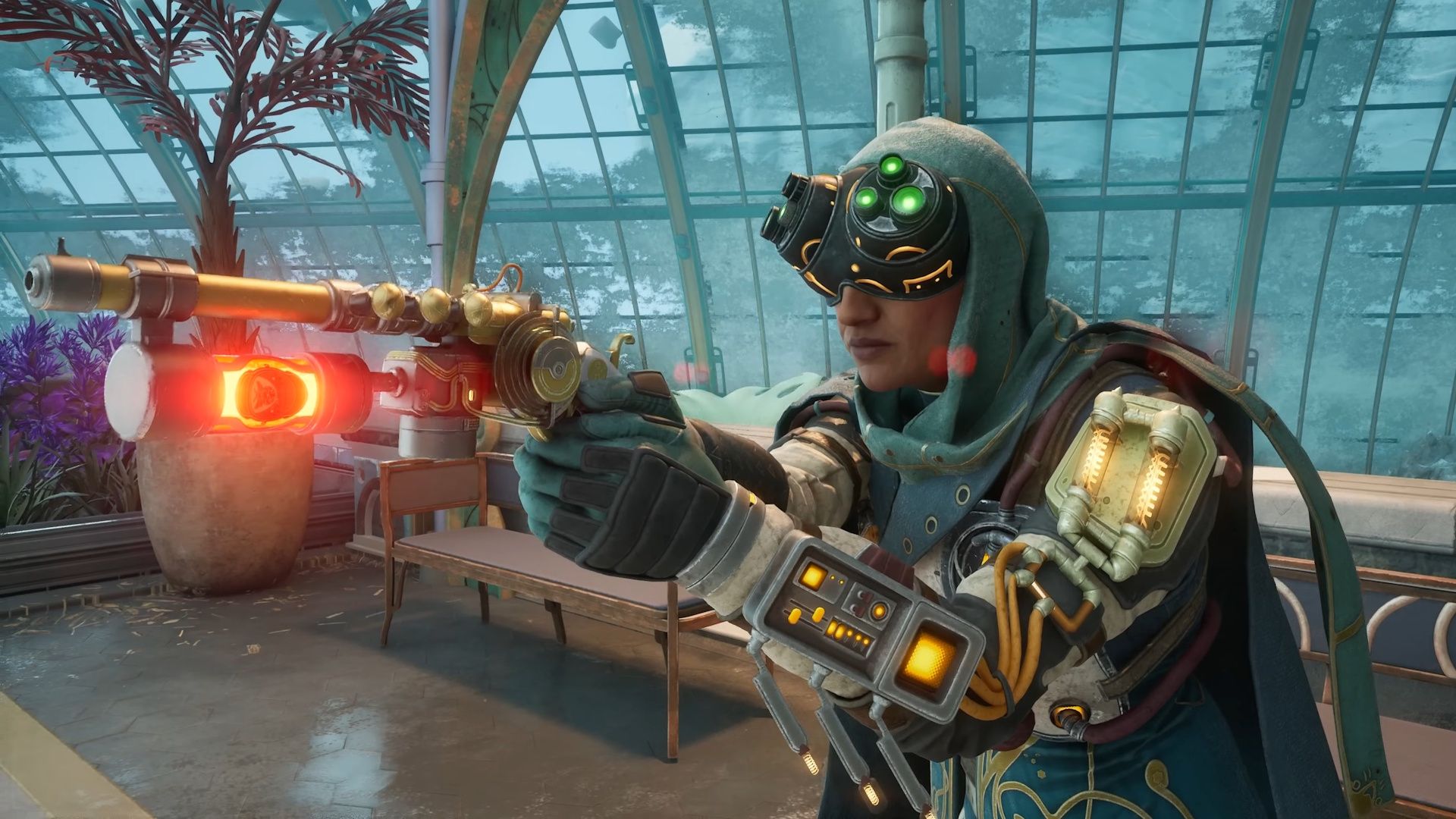
You may be moving from planet-to-planet, but the size and complexity of each is far greater than those found in the original Outer Worlds. Was there ever a fear that you could scale beyond a point where they would feel traditionally Obsidian? Which is to say, packed with humor and distraction.
Brandon Adler: Call it the power of wilful ignorance. From the start of development, we knew that we wanted larger areas, and that we wanted them to feel good while you were moving through them. So we started taking a look at other open world games to figure out which ones felt good to us, that we wanted to base ourselves off. It was very early on that we started looking at Fallout: New Vegas.
We started breaking down what we did at the time, how they spaced areas out and their pacing. We did that because, originally, we wanted to do something that was a little more wasteland-y in feel. Something that was a little more open and took you a little longer to get to places. So we were playing around with that before we had even completed our vertical slice.
Obsidian has both a spiritual and very direct connection to the Fallout universe. Were these sorts of conversations and dissections happening around the first Outer Worlds?
Leonard Boyarsky: It's funny, because if I was trying to reverse engineer our decision making from that time, I'd go, okay, The Outer Worlds definitely fits in the same kind of space as a Fallout game feel wise, so how are we going to differentiate it? How are we going to make this different? But they weren't questions for us. We weren't even thinking along those lines. But it's almost like we made a bunch of decisions along the way that helped us find our own space that we were playing in, as opposed to what we did originally with Fallout or even where Bethesda brought Fallout later.
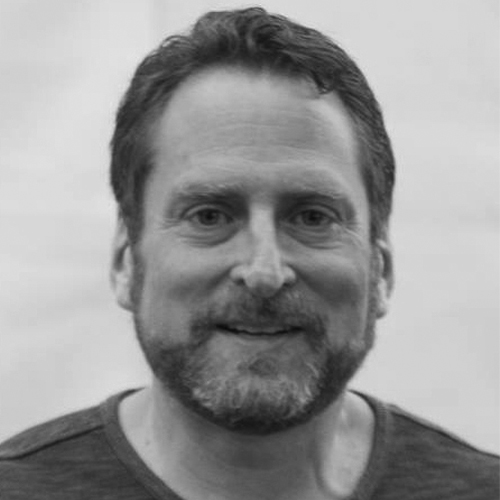
Leonard Boyarsky has been making video games for over 30 years. Before joining Obsidian in 2016 to lead development of The Outer Worlds, Boyarsky held roles at Blizzard, Troika, and Interplay – where he helped shape Fallout and Fallout 2.
I recall a hesitancy on the part of Obsidian to really invoke the 'Fallout' name back then.
Leonard Boyarsky: When we were trying to publicize the first game, nobody knew what The Outer Worlds was. But because Tim and I had made Fallout, and Obsidian had made Fallout: New Vegas, we had to set expectations every time we spoke about it. 'Okay, this isn't New Vegas in space, it's much smaller.' A lot of people really loved the first game, but if we had the time and money maybe we would have done what people sounded like they wanted. So now, the 'New Vegas in space' shorthand is more like a touchstone. It's us going, okay, we're taking some lessons from our past because the teams did some really great stuff. But that's sort of our pedigree at Obsidian, it's what we've always done.
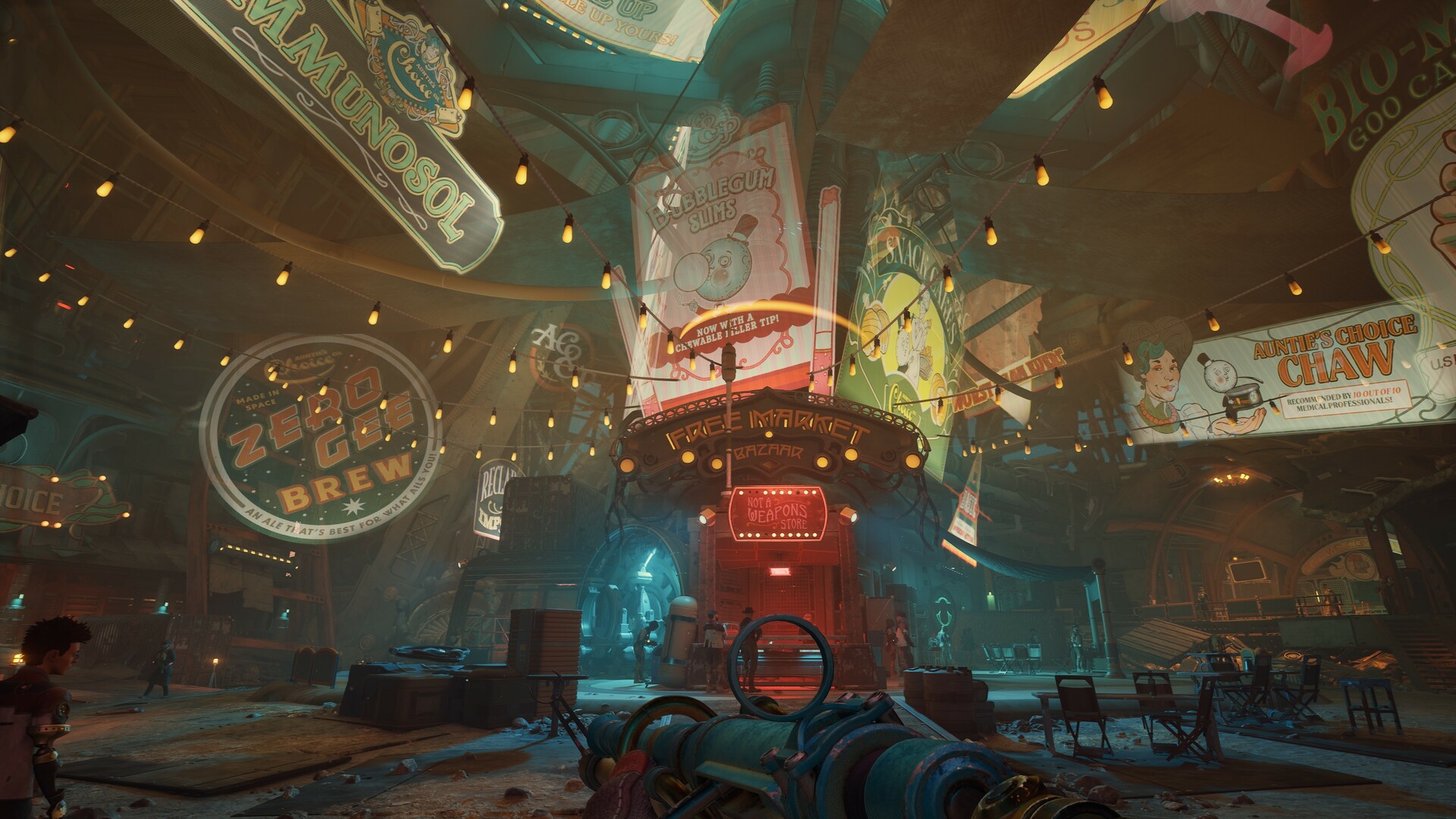
Obviously, much has changed since 2019. I think players will likely get a clear sense of Obsidian's intentionality when they touch down in Paradise Island, the first major location in the game. The New Vegas influence runs through it like an electric current.
Brandon Adler: While we were playing around with larger areas, and that early vertical slice, I did something really stupid. I decided that our vertical slice would build out the entirety of Paradise Island. Typically, you wouldn't do that. You'd just take the town of Fairfield and some surrounding areas to showcase our target density and feel. But I felt like it was important to understand how far we could actually push the sizes of these worlds; whether exploration felt good, the number of POIs, and so on. The resounding answer was yes, yes it did feel good. And then it was like, well, holy shit, how do we actually fill this space out with content?
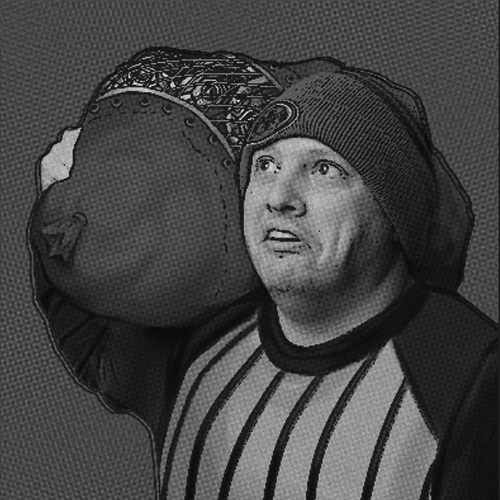
Brandon Adler has been developing RPGs at Obsidian Entertainment for over 20 years. His credits include (but are certainly not limited to) Neverwinter Nights 2, Alpha Protocol, Avowed, and yes, Fallout: New Vegas.
Paradise Islands feels very much like a microcosm of the perfect Obsidian game. It's dense, layered, and packed with impactful choices which resonate subtly. How much of that was present in the vertical slice?
Leonard Boyarsky: I would love to say that we had all of this planned out from the get-go. Once we finished our vertical slice, we moved off of Paradise Island for like two or three years – and when we came back to it we actually made huge changes to how the whole thing played out. Thankfully, we had a lot of the core elements in place so that we could look at it objectively – deciding to keep what was working really well and throw away the stuff that wasn't. It was an interesting process in that we kind of surprised ourselves to a certain degree, too, that it actually ended up how it did.
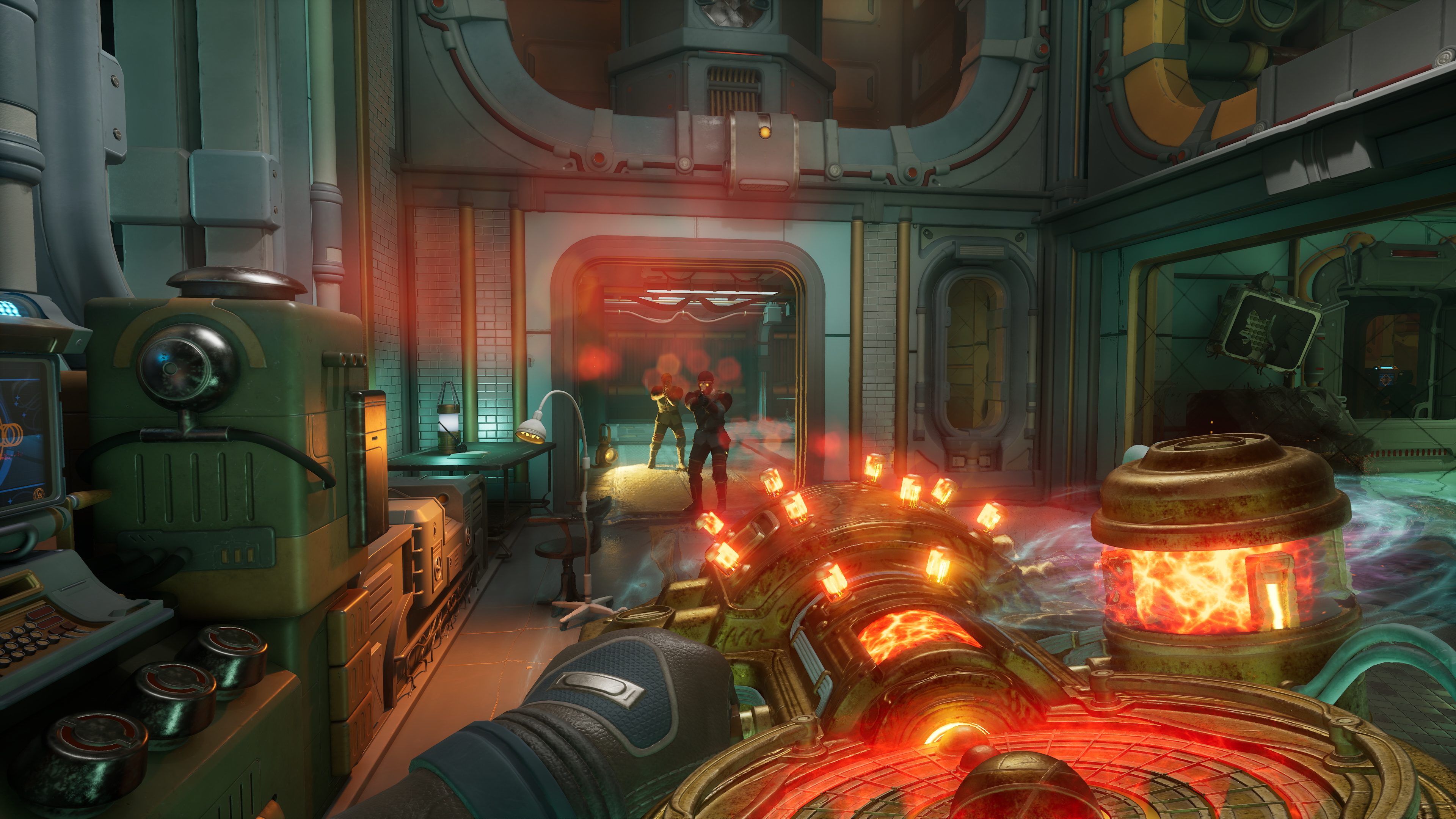
Those two or three years were spent building out other areas of The Outer Worlds 2, so what sort of internal feedback were you receiving that helped prompt changes?
Brandon Adler: A key piece of feedback internally was that, yeah, these larger areas are really cool but the spaces in-between POIs are boring. Like, I'm not doing anything. So then it was really about sitting down with Leonard, Brian Heins (who was our content director at the time), and Matt Singh (our design director) to try and understand how we could fill these spaces out. Part of that was identifying the routes players were most likely to take and then finding ways to incentivise them to take different paths.
How did that process ultimately impact your approach to world-building and exploration?
Brandon Adler: A goal from very early on with our exploration, is that if the player sees something interesting then they should be rewarded at the end of it. What I don't like, and some open world games do this thing – and we've even been guilty of doing this ourselves in the past – where you spot something that looks really awesome and then you walk over to it and there's nothing around it. It's just the thing. Maybe there's a crashed ship – well, why is it there; what happened to it?
We took a step back and said, okay, as a goal: anytime something like this comes up, we're going to make sure we're adding in a proper reward. It might be an item to find, a collectible, or some story – an audio log or a scrap of paper – that helps them understand the area better. The way we include these elements are extremely intentional. No matter what you're getting, even if it's something tiny, we want to always be adding a little bit of something. That was really important to us.
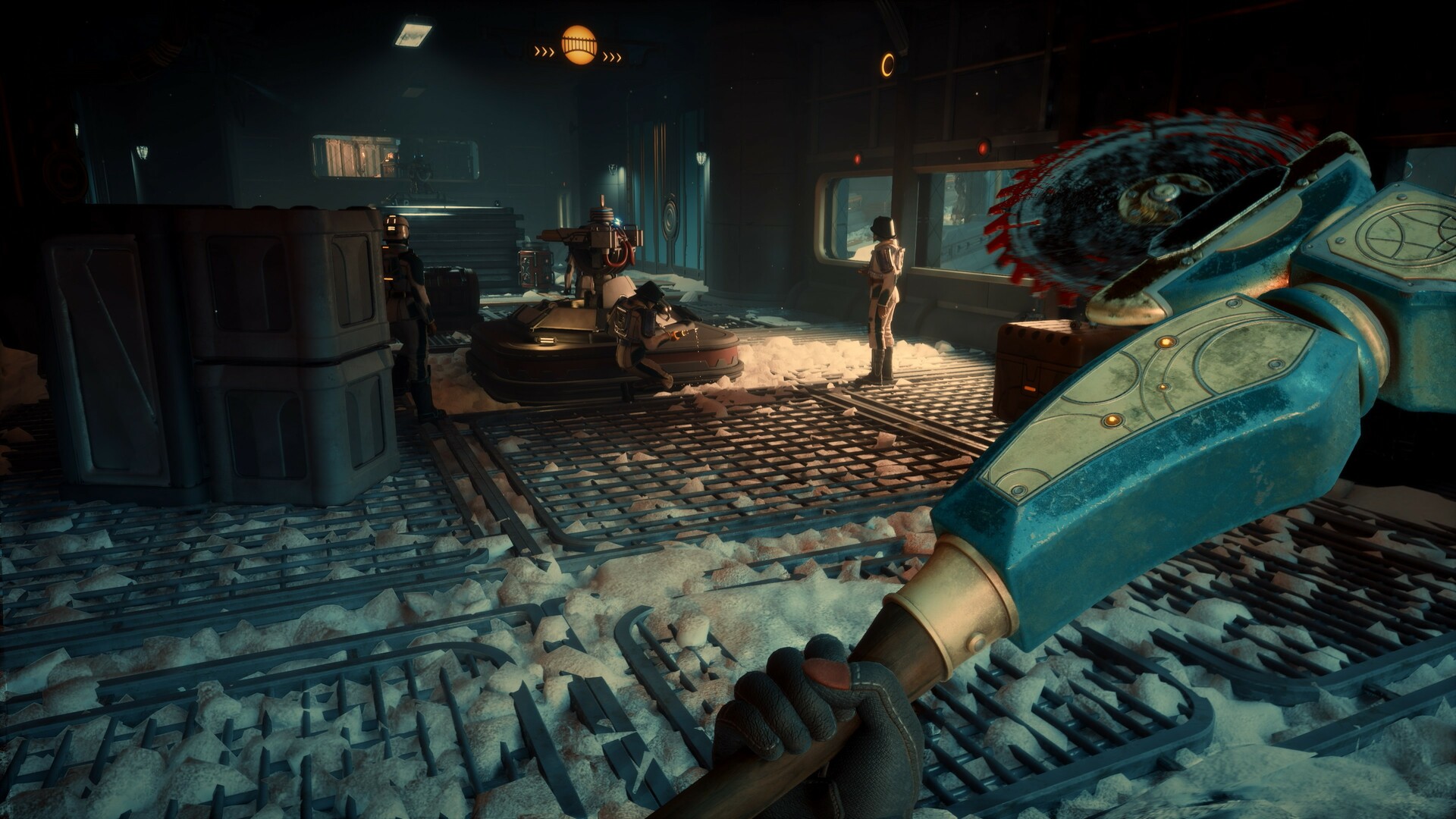
Would it be fair to say that Obsidian took a similar approach to how it worked to integrate Skills and Perks into the fabric of The Outer Worlds 2? I found it interesting that you put so much choice into my hands, so early on, with foundational elements of my character – some with lasting impact.
BA: Every early on, we ask the player to make decisions about what kind of character they want to play in this world that we've built. You decide how you want to try and roleplay as things go down, and then it's upon us, as the game developers, to make sure that you have enough cool shit to do while you're in the world that's going to make use of those things. Let's say you build your character to have the Treasure Hunter perk, well there better be some places where that actually delivers for you; so we went in and put hidden things all over the place to make sure that picking that perk feels rewarding.
We've been discussing The Outer Worlds 2 here at GamesRadar+ for the past couple of weeks and I'm amazed that we are still finding subtle differences in our playthroughs. What steps did you take with ensuring that all of the Skills and Perks deliver in a meaningful way?
Brandon Adler: You know, even towards the end of development, we were still working closely with Matt Singh [design director] and Kyle Koenig [Lead Systems] to do a full breakdown of where every check is in the entire game. By doing that we were able to find areas of the maps where we weren't, for example, using Observation enough. So we said, let's get three more Observation checks in this region – what fun scenarios can we add in for Observation checks here and there? We really want to reward the decisions players make with their characters so they don't, hopefully, feel bad about their choices.
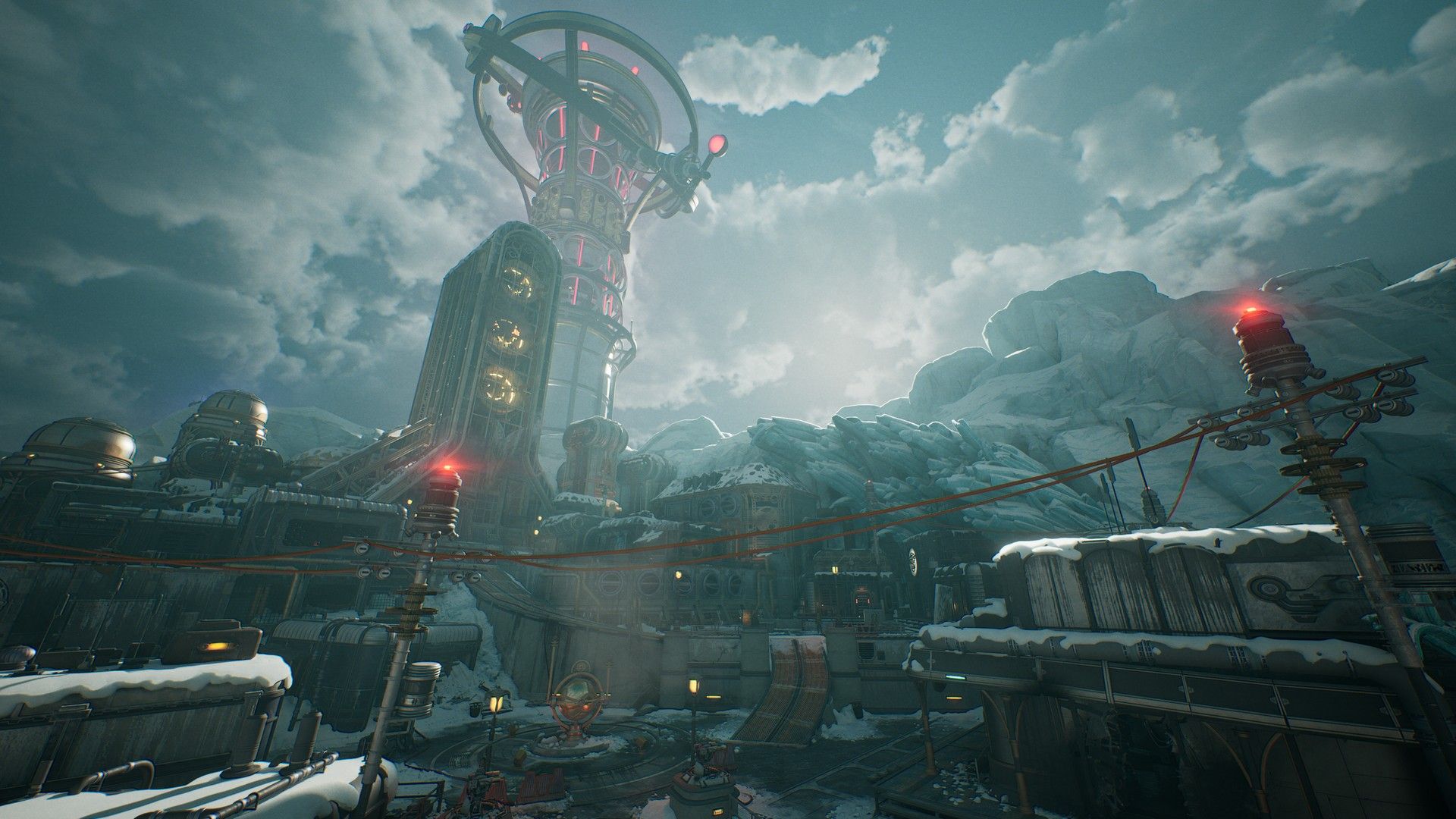
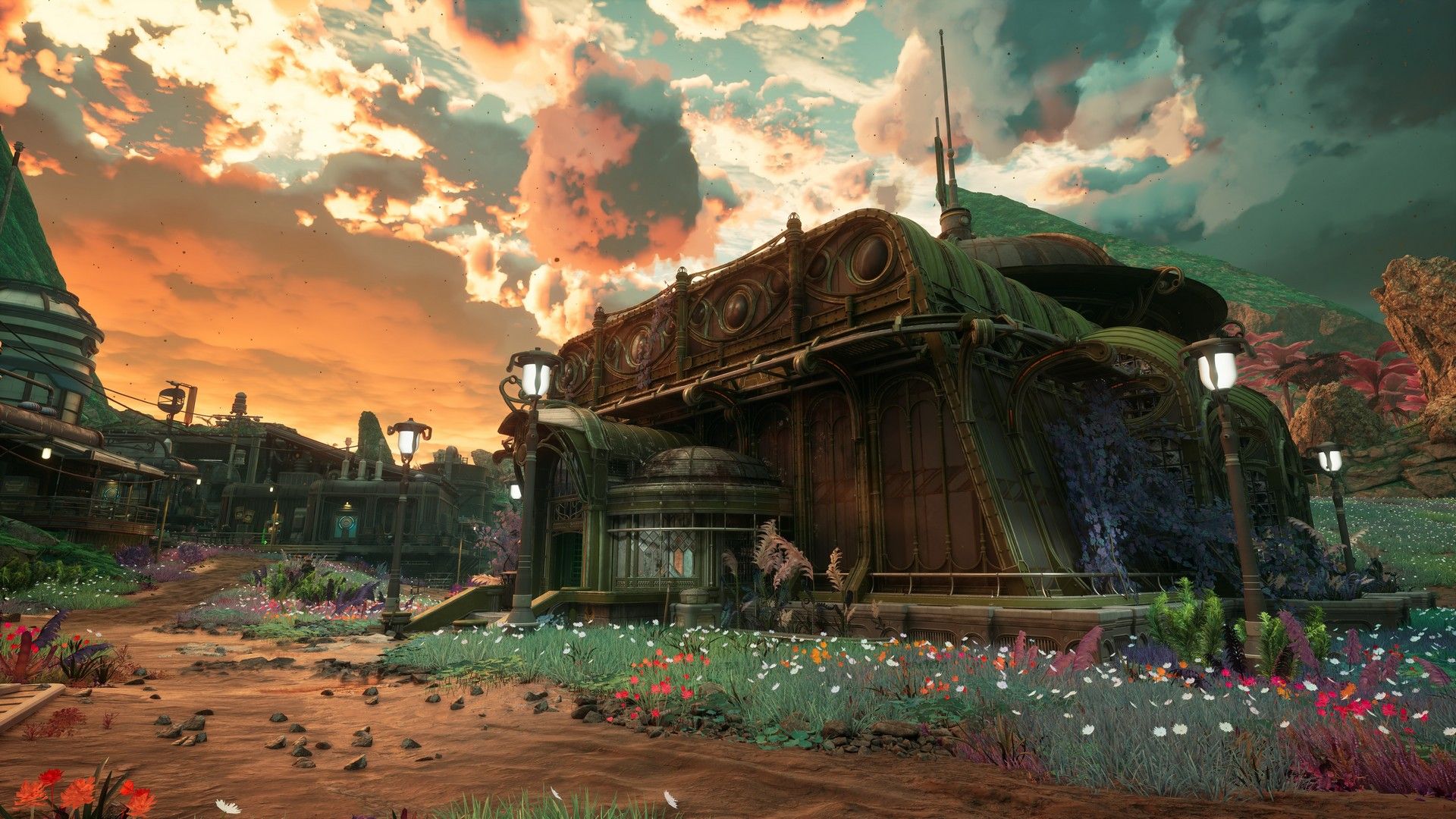
With all that in mind, how do you view The Outer Worlds in 2019 versus what Obsidian has achieved with its sequel in 2025?
Leonard Boyarsky: I really loved what we did with the first game. I was really proud of it, and happy that people loved it. But for me, it didn't quite get to where I wanted it to be in terms of its reactivity. I'm always pushing that in my games; I always want to do something where there are constant choices and constant reactivity. That the player is able to make the choices and the builds that they want to make. I feel like we didn't deliver on all of that in the first game, but I feel like we did it this time around. From the feedback we are getting from people playing The Outer Worlds 2, it seems like a lot of people feel that way too.
Brandon Adler: We put a lot into The Outer Worlds 2. When we're making the game, it's hard for us to even understand if we're on the right track or not. It's not until we get to the end that we are able to step back and say, wow, this actually did come together – all of the pieces really fit. It's been awesome to hear the response so far.
What do you think The Outer Worlds 2 says about the future of Obsidian Entertainment, or reflects about the sorts of video games the studio wants to make?
Brandon Adler: A core philosophy for us from very early on was to look back to Obsidian's past. Well, beyond that even, to the legacy of Troika Games and Black Isle Studios, to better understand what we were working towards in the past that we can now bring forward into the future.
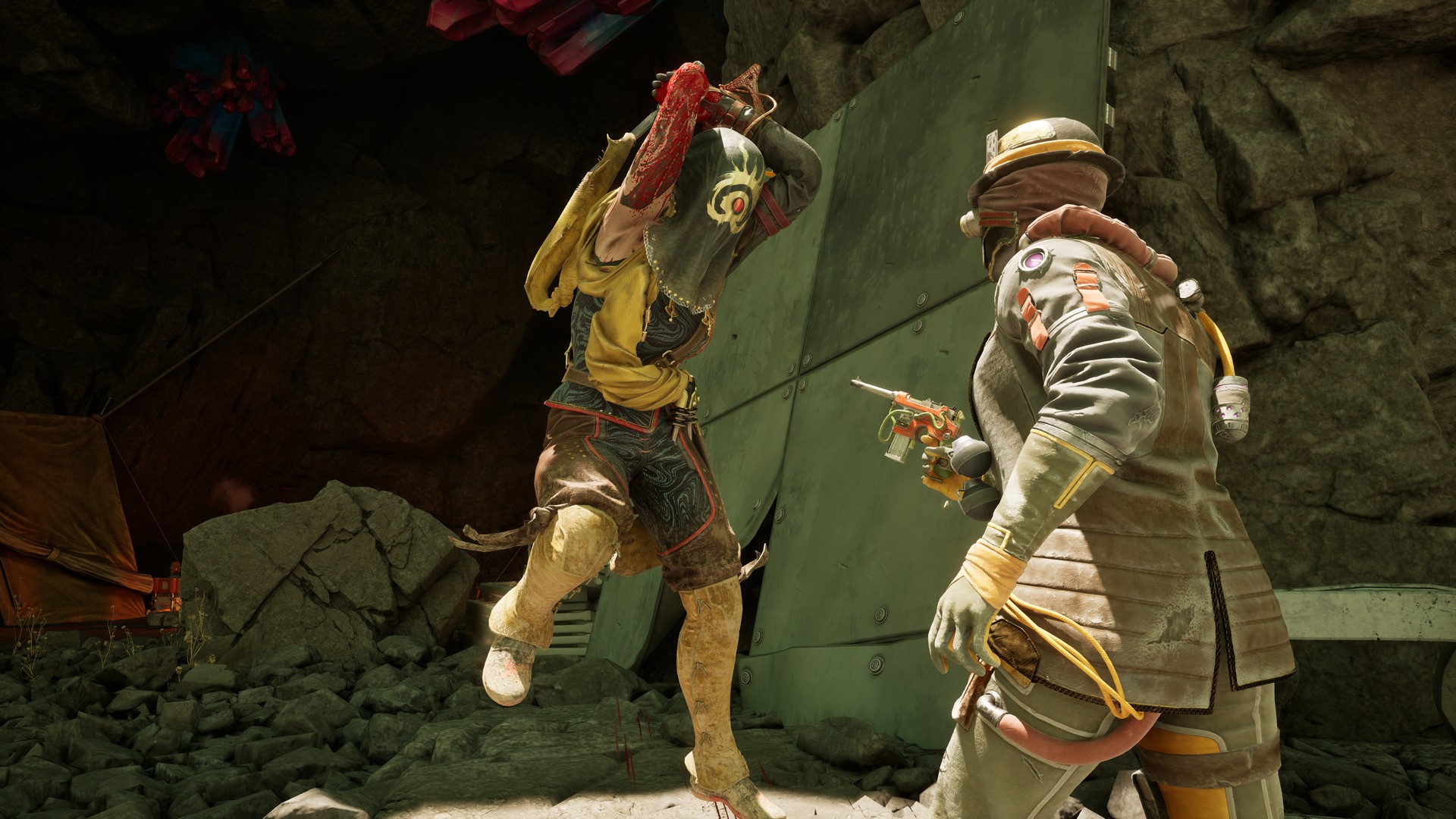
Leonard Boyarsky: It's fantastic that we're in a position to be able to do this. Troika didn't last half as long as Obsidian has, and hopefully Obsidian is going to go for many, many years still. The fact that we're able to deliver this style of RPG in this day and age is a fantastic thing.
When I first started making games, I was always fascinated by this idea that the ultimate RPG (if tech wasn't an issue) would kind of be like the Holodeck – where I can go directly into a fictional world and play as a character within it. That always seemed to be the appeal of RPGs to me, or even computer games in general. Whenever I get the chance to play a character, the ultimate goal is that I can get in there and just be that character. The fact that I'm still doing this, 30 years down the road, that I'm still pushing this stuff, is just great – and I'm glad that other people are still enjoying it too.
"The fact that we're able to deliver this style of RPG in this day and age is a fantastic thing"
Brandon Adler: And I think there's this tendency as time goes on to streamline things. To get rid of all the rough edges and smooth things out. While that is great for people to pick-up and play a game, I do think you start to lose some of that personality. I think you start to lose some of what makes an RPG really an RPG. That's one of the reasons we decided to look back at the things that we loved from our earlier games – back to deep RPG usage of your skills and perks, for example, and question how we could push them even further. And identify what things we had always wanted to do in the past that maybe we didn't have the time to do, or maybe we just didn't think to do.
What it came back to is that we want role-playing to matter, and that we wanted to incorporate that idea into the world itself in as many ways as possible. At the end of the day, and I think this is true of The Outer Worlds 2 and Obsidian in general – as least as it pertains to the things that I'm going to be working on – it's about looking back towards the past, finding the things that people loved, and bringing them forward – enhancing them to make the experience even better... To never lose sight of why people love RPGs.
This interview has been edited for length and clarity.
Expect more exclusive insights into The Outer Worlds 2 here at GamesRadar+ over the next two weeks as we dive into the launch of Obsidian's latest RPG. If you want to learn more about the game, read our The Outer Worlds 2 review.
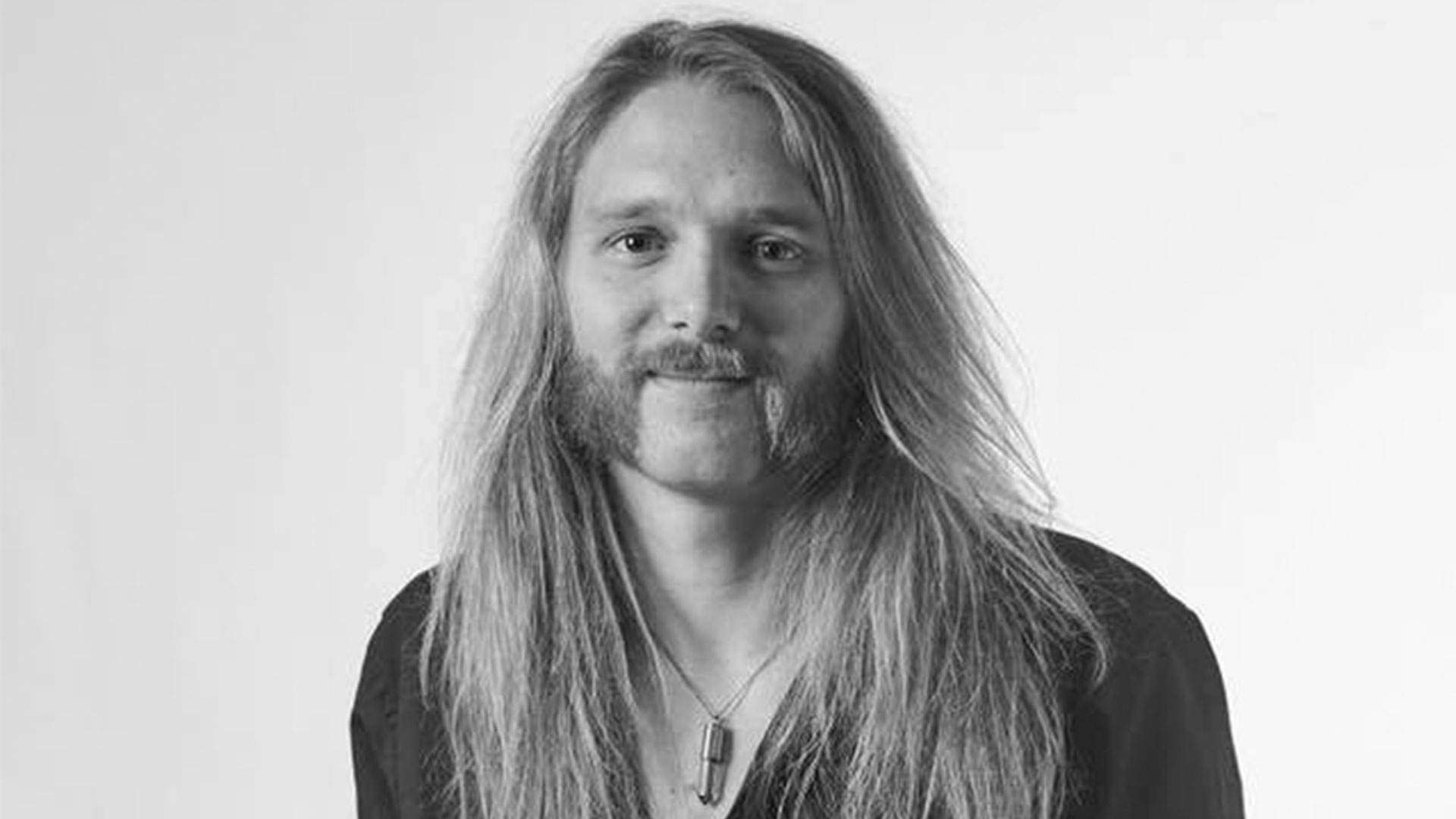
Josh West is the Editor-in-Chief of GamesRadar+. He has over 15 years experience in online and print journalism, and holds a BA (Hons) in Journalism and Feature Writing. Prior to starting his current position, Josh has served as GR+'s Features Editor and Deputy Editor of games™ magazine, and has freelanced for numerous publications including 3D Artist, Edge magazine, iCreate, Metal Hammer, Play, Retro Gamer, and SFX. Additionally, he has appeared on the BBC and ITV to provide expert comment, written for Scholastic books, edited a book for Hachette, and worked as the Assistant Producer of the Future Games Show. In his spare time, Josh likes to play bass guitar and video games. Years ago, he was in a few movies and TV shows that you've definitely seen but will never be able to spot him in.
You must confirm your public display name before commenting
Please logout and then login again, you will then be prompted to enter your display name.
